Mehdi Rafiei
Multi-Class Anomaly Detection based on Regularized Discriminative Coupled hypersphere-based Feature Adaptation
Nov 24, 2023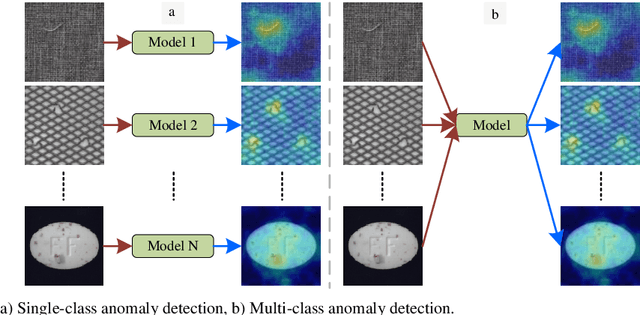
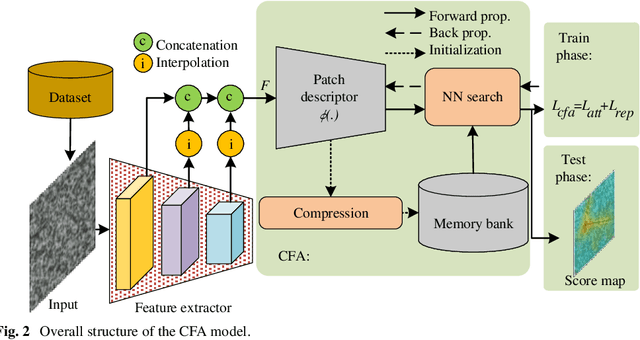
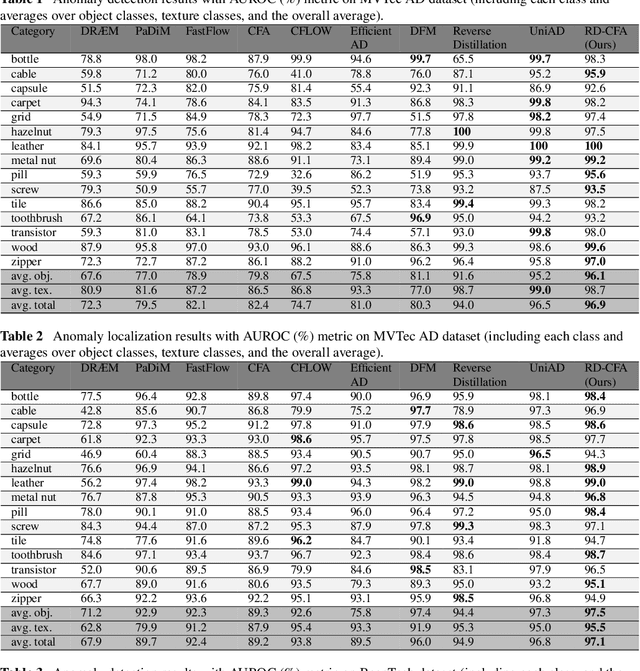
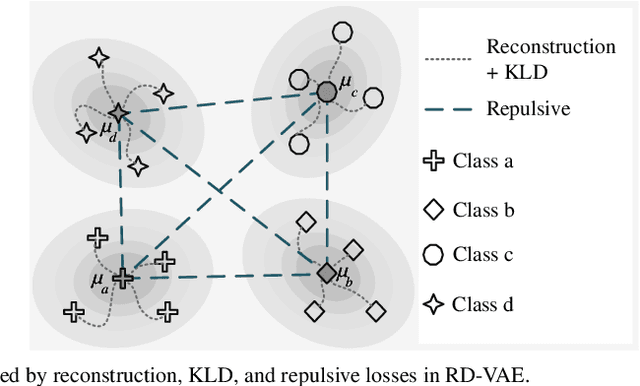
Abstract:In anomaly detection, identification of anomalies across diverse product categories is a complex task. This paper introduces a new model by including class discriminative properties obtained by a modified Regularized Discriminative Variational Auto-Encoder (RD-VAE) in the feature extraction process of Coupled-hypersphere-based Feature Adaptation (CFA). By doing so, the proposed Regularized Discriminative Coupled-hypersphere-based Feature Adaptation (RD-CFA), forms a solution for multi-class anomaly detection. By using the discriminative power of RD-VAE to capture intricate class distributions, combined with CFA's robust anomaly detection capability, the proposed method excels in discerning anomalies across various classes. Extensive evaluations on multi-class anomaly detection and localization using the MVTec AD and BeanTech AD datasets showcase the effectiveness of RD-CFA compared to eight leading contemporary methods.
On Pixel-level Performance Assessment in Anomaly Detection
Oct 25, 2023Abstract:Anomaly detection methods have demonstrated remarkable success across various applications. However, assessing their performance, particularly at the pixel-level, presents a complex challenge due to the severe imbalance that is most commonly present between normal and abnormal samples. Commonly adopted evaluation metrics designed for pixel-level detection may not effectively capture the nuanced performance variations arising from this class imbalance. In this paper, we dissect the intricacies of this challenge, underscored by visual evidence and statistical analysis, leading to delve into the need for evaluation metrics that account for the imbalance. We offer insights into more accurate metrics, using eleven leading contemporary anomaly detection methods on twenty-one anomaly detection problems. Overall, from this extensive experimental evaluation, we can conclude that Precision-Recall-based metrics can better capture relative method performance, making them more suitable for the task.
Class-Specific Variational Auto-Encoder for Content-Based Image Retrieval
Apr 23, 2023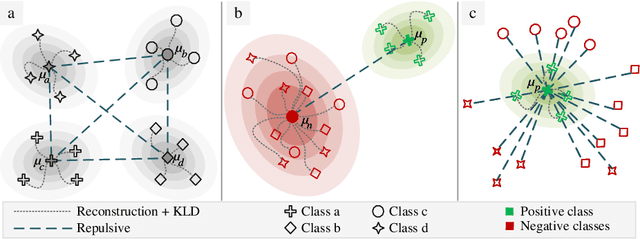
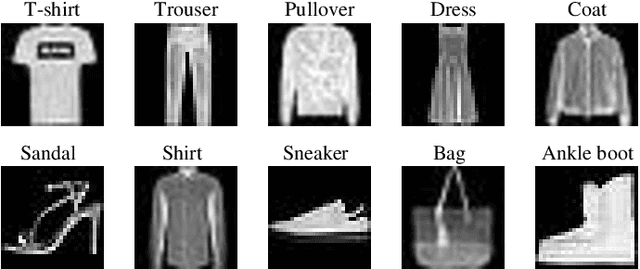
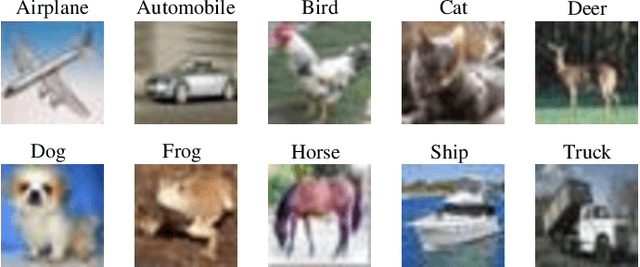
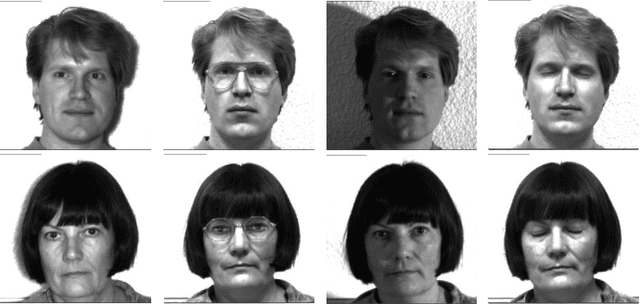
Abstract:Using a discriminative representation obtained by supervised deep learning methods showed promising results on diverse Content-Based Image Retrieval (CBIR) problems. However, existing methods exploiting labels during training try to discriminate all available classes, which is not ideal in cases where the retrieval problem focuses on a class of interest. In this paper, we propose a regularized loss for Variational Auto-Encoders (VAEs) forcing the model to focus on a given class of interest. As a result, the model learns to discriminate the data belonging to the class of interest from any other possibility, making the learnt latent space of the VAE suitable for class-specific retrieval tasks. The proposed Class-Specific Variational Auto-Encoder (CS-VAE) is evaluated on three public and one custom datasets, and its performance is compared with that of three related VAE-based methods. Experimental results show that the proposed method outperforms its competition in both in-domain and out-of-domain retrieval problems.
Computer Vision on X-ray Data in Industrial Production and Security Applications: A survey
Nov 10, 2022Abstract:X-ray imaging technology has been used for decades in clinical tasks to reveal the internal condition of different organs, and in recent years, it has become more common in other areas such as industry, security, and geography. The recent development of computer vision and machine learning techniques has also made it easier to automatically process X-ray images and several machine learning-based object (anomaly) detection, classification, and segmentation methods have been recently employed in X-ray image analysis. Due to the high potential of deep learning in related image processing applications, it has been used in most of the studies. This survey reviews the recent research on using computer vision and machine learning for X-ray analysis in industrial production and security applications and covers the applications, techniques, evaluation metrics, datasets, and performance comparison of those techniques on publicly available datasets. We also highlight some drawbacks in the published research and give recommendations for future research in computer vision-based X-ray analysis.
Recognition of Defective Mineral Wool Using Pruned ResNet Models
Nov 01, 2022



Abstract:Mineral wool production is a non-linear process that makes it hard to control the final quality. Therefore, having a non-destructive method to analyze the product quality and recognize defective products is critical. For this purpose, we developed a visual quality control system for mineral wool. X-ray images of wool specimens were collected to create a training set of defective and non-defective samples. Afterward, we developed several recognition models based on the ResNet architecture to find the most efficient model. In order to have a light-weight and fast inference model for real-life applicability, two structural pruning methods are applied to the classifiers. Considering the low quantity of the dataset, cross-validation and augmentation methods are used during the training. As a result, we obtained a model with more than 98% accuracy, which in comparison to the current procedure used at the company, it can recognize 20% more defective products.
 Add to Chrome
Add to Chrome Add to Firefox
Add to Firefox Add to Edge
Add to Edge